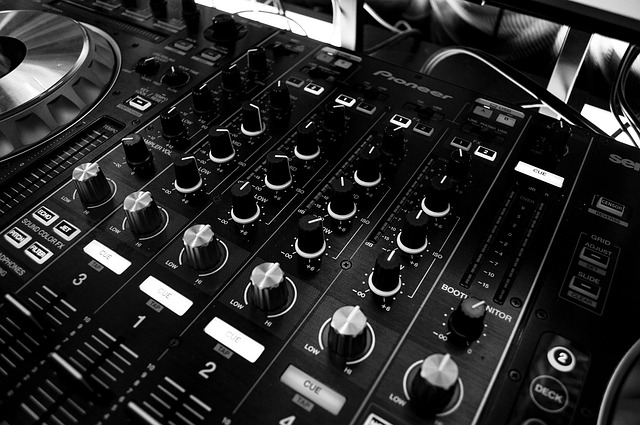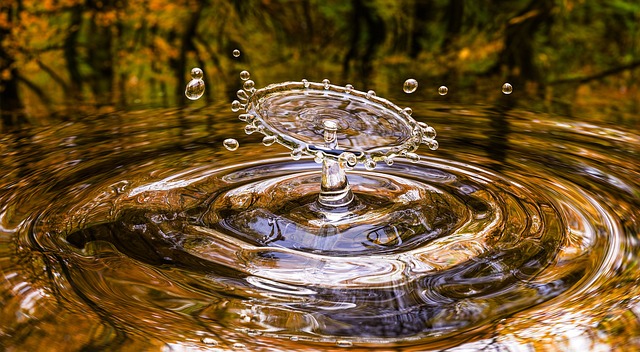The Art of Television Sound Mixing: An Insider’s Guide
When you sit down to watch your favorite television show, the visuals may capture your attention, but it’s the sound that truly breathes life into the experience. Welcome to the world of television sound mixing, where the right blend of audio elements transforms a simple story into an immersive experience. As an insider in the mixing world, let me guide you through the complexities and artistry of this essential craft.
The Importance of Sound in Storytelling
The power of sound is often underestimated. It sets the mood, highlights emotions, and shapes the audience’s reactions. Imagine a suspenseful moment in a thriller without the eerie sound effects or the subtle build-up of tension through music. Television sound mixing is not just about balancing dialogue levels; it’s about creating an emotional landscape that complements the visual narrative.
The Mixing Process: An Intricate Dance
The journey of sound mixing begins long before the final edit. During production, sound designers capture every acoustic detail, from ambient sounds on set to dialogue exchanges. Once the footage is in the editing room, sound mixers step in, meticulously layering each audio track. It’s an intricate dance of balance, where dialogue must shine through while sound effects and music provide atmosphere.
Tools of The Trade
Sound mixers use a range of sophisticated tools and software to achieve that perfect blend. Digital Audio Workstations (DAWs) like Pro Tools and Logic Pro offer powerful capabilities for recording, editing, and mixing sound. With plugins that range from equalizers to reverb effects, mixers can sculpt sound to achieve clarity and depth. Understanding these tools is essential for any aspiring sound mixer, as they form the backbone of the mixing process.
The Art of Balance
A key challenge in television sound mixing is finding the right balance. The art lies in ensuring that the audience can hear every whispered word without drowning out the ambient sounds that enrich the scene. It takes a trained ear to discern how much reverb to apply or when to push a sound effect to the front or back of the soundscape. This balance creates a tapestry of sound that keeps viewers engaged and invested.
The Collaboration with Other Departments
Collaboration is at the heart of television production, and sound mixers work closely with directors, producers, and editors to ensure a cohesive final product. Feedback loops are crucial; what might sound perfect in isolation can change dramatically when integrated with visuals. The iterative nature of this collaboration allows for adjustments and refinements that enhance the overall viewing experience.
Embracing the Challenge
Challenges abound in the world of sound mixing. From dealing with unwanted background noise to making split-second decisions during live recordings, each project presents its own hurdles. But for those passionate about television sound mixing, these challenges are opportunities to innovate and express creativity through sound.
Conclusion
The artistry behind television sound mixing often goes unnoticed, yet it holds the power to shape how stories are told and felt. As an insider, I’ve seen firsthand how sound can elevate a show from mediocre to memorable. Whether you’re an aspiring sound mixer or a curious viewer, understanding the nuances of this craft can deepen your appreciation for the shows you love.



